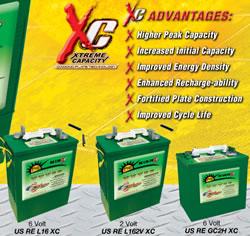Adobe draws power from a Pennsylvania landfill
The company has had 12 fuel cell systems installed that will turn air and methane into a third of the electricity supply for Adobe’s campus in downtown San Jose. The 1.2-megawatt project is the largest installation to date for Bloom Energy Corporation, the fuel cell specialists based in Sunnyvale, California. The 12 Bloom Energy Servers, which are also known as Bloom boxes, have been installed on the fifth floor of Adobe’s West Tower building. Each 100-kilowatt server is the size of an average parking space, containing thousands of fuel cells that generate electricity from methane and air. Typically, one server generates enough power to supply 100 average homes with electricity, Adobe said. Randall H Knox III, senior director of Global Workplace Solutions at Adobe, said the methane gas is being sourced from out of state from a landfill in Pennsylvania. Methane is produced when organic materials in landfills break down. Adobe pays for the gas to be put into the pipeline, offsetting the methane used in California. “Installing Bloom Energy fuel cells supports Adobe’s efforts to remain at the forefront of utilizing impactful, clean technologies to reduce our environmental footprint,” said Mr Knox. “We hope to be an example to other companies considering cleaner, more affordable energy sources for their operations.” Source: BrightEnergy.org
Comments (1)
Featured Product

